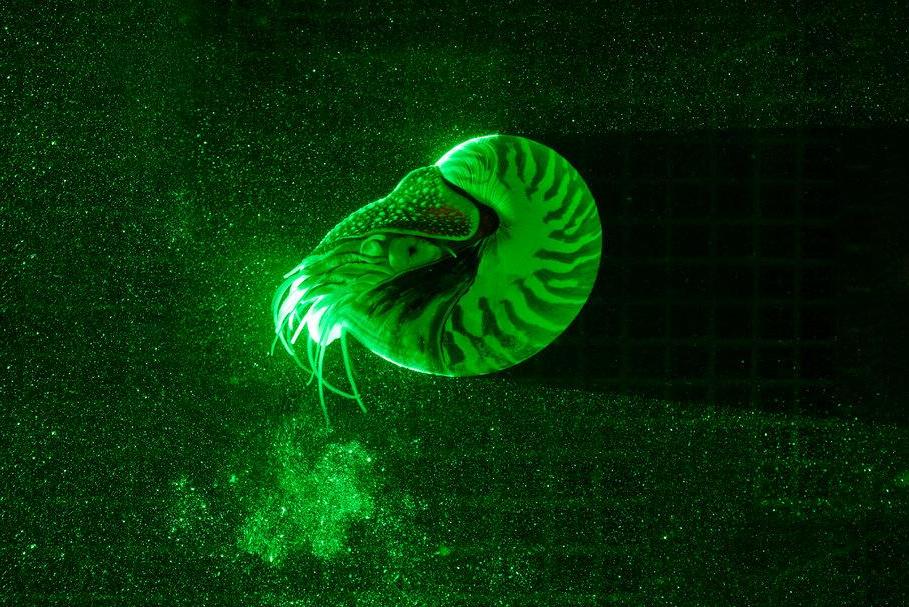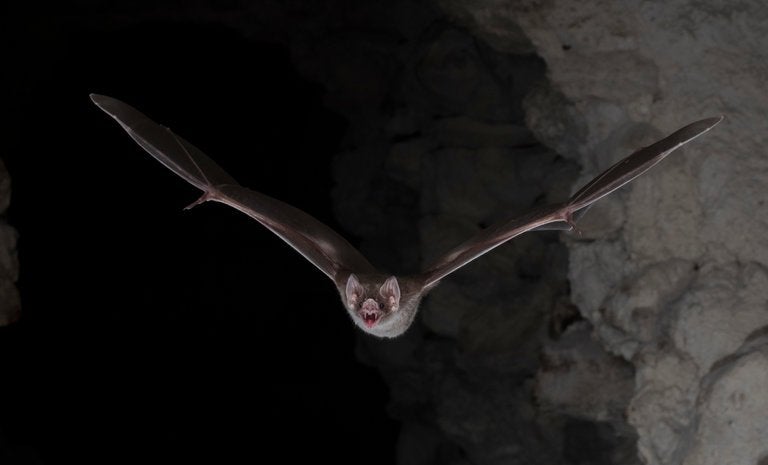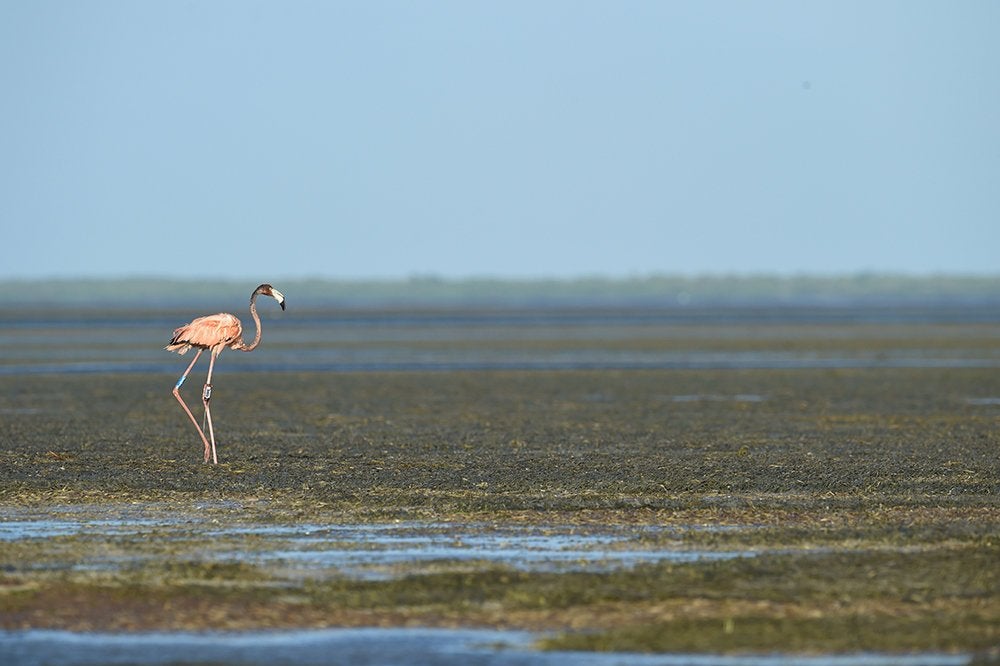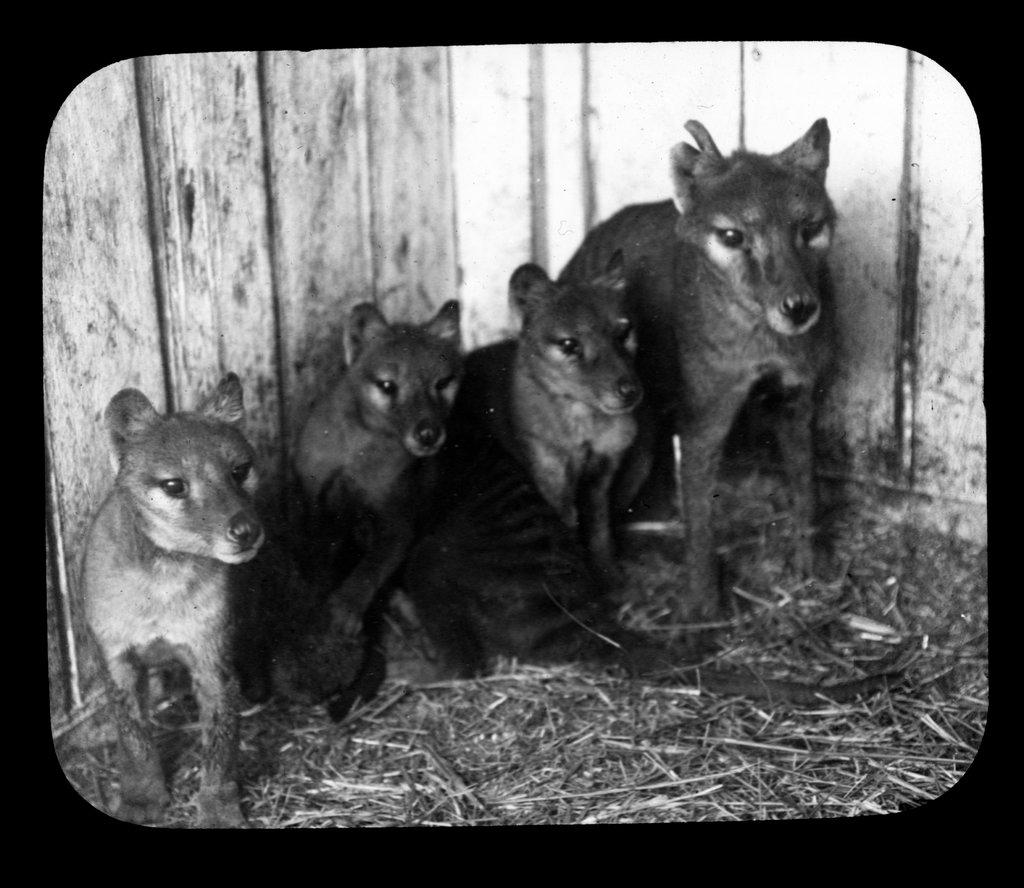Science news in brief: From the nifty nautilus to extinct Tasmanian tiger babies
A roundup of science stories from around the world

Your support helps us to tell the story
From reproductive rights to climate change to Big Tech, The Independent is on the ground when the story is developing. Whether it's investigating the financials of Elon Musk's pro-Trump PAC or producing our latest documentary, 'The A Word', which shines a light on the American women fighting for reproductive rights, we know how important it is to parse out the facts from the messaging.
At such a critical moment in US history, we need reporters on the ground. Your donation allows us to keep sending journalists to speak to both sides of the story.
The Independent is trusted by Americans across the entire political spectrum. And unlike many other quality news outlets, we choose not to lock Americans out of our reporting and analysis with paywalls. We believe quality journalism should be available to everyone, paid for by those who can afford it.
Your support makes all the difference.The chambered nautilus is the ocean’s most efficient jet engine
Like a tiny submarine, the chambered nautilus speeds through the ocean on little jets that it creates by sucking in water and spitting it out.
However, in the ocean’s depths where oxygen gets thin, the nautilus seems to be putting itself at risk by expending so much effort on movement. Fish use far less energy by pushing at the water with their fins. So how does it manage to jet around unscathed in the ocean’s depths?
Graham Askew, a biomechanics professor at the University of Leeds, set out with a graduate student, Thomas Neil, to understand better how this shellfish moves. They found that the nautilus is actually a highly efficient, jet-propelled creature, wasting much less energy than marine organisms like squid or jellyfish that get around in a similar way.
The researchers began their study, which was published 21 February in Royal Society Open Science, by liberally sprinkling an aquarium with minuscule floating particles of aluminium oxide. Then, they put five chambered nautiluses into the tank, and let them jet about. They used high-speed cameras, a laser that lit up the particles and software that could record the particles’ movements. In the constellation of specks, they saw the animals sucking in water, then forcing it out in the direction they were moving away from, with the pocket of expelled water and the nautilus shooting apart at velocities they could readily calculate.
When they ran the numbers, the researchers saw that the nautilus was able to use 30 to 75 per cent of the energy it transferred to the water to move.
That was much higher than other similar swimmers. “Squid, they tend to be about 40 to 50 per cent efficient,” Askew says.
In general, moving very large volumes of water relatively slowly, as a fish’s tail or a diver’s flippers do, wastes less energy than having to swiftly accelerate very small amounts.
It seems, says Askew, that when nautilus are sucking in water, they do so in a wide stream, rather than in a more energetically costly narrow one. And they spend more time jetting than they do refilling in certain swimming scenarios, gently eking out the fluid they’ve already sipped in.

Man’s accidental photo gives science community early look at supernova
Boom. A star is dead.
On 20 September 2016, Victor Buso, an amateur astronomer in Rosario, Argentina, was checking out the new camera on his telescope by taking pictures of a nearby spiral galaxy, when a star within it went off in a supernova explosion.
Within hours, and prompted by Buso’s good fortune, professional astronomers around the world trained their big telescopes on the galaxy, known as NGC 613, about 80 million light years from here in the constellation Sculptor. It was a rare instance in which astronomers were able to see the beginning of a supernova, in which one of the most massive stars in the universe ends its life; one of the most violent events nature can cook up.
Most supernovas are far away and don’t call attention to themselves until their funeral pyre explosions are well underway. In this case, astronomers were able to record what they call the “breakout”, when a shock wave radiating from a star’s core, which has probably collapsed into a black hole, reaches the surface of the star and brightens it catastrophically.
“It’s like winning the cosmic lottery,” says Alex Filippenko, in a news release from the Keck Observatory in Hawaii, where Filippenko, of the University of California, Berkeley, has been tracking the supernova.
The astronomers, who reported their findings on 21 February in Nature, say the original star had probably been about 20 times as massive as the sun, but had blown most of that mass off into space before the decisive explosion began.

For vampire bats to live on blood, it takes guts
Collecting a vampire bat’s faeces is not easy.
You must go into the jungle, to the cave where the bats live, then lurk at the entrance at dawn or dusk. As the bats come winging in or out, you catch them in net spread across the cave mouth and transfer them to a cloth bag. Then, you wait.
Sometimes, says M Lisandra Zepeda Mendoza, who works in bioinformatics and is an author of a recent paper drawing on this raw material, you don’t get what you need. “They get shy,” she says, and one has to let them go before they release a sample.
Luckily, however, Mendoza’s colleagues at the bat cave mouth were able to collect enough faeces that she and other collaborators could sequence the DNA of the bacteria within it. By combining an understanding of what lives in a vampire bat’s gut with the flying mammal’s genome sequence, they have revealed tantalising insights into how the blood-supping creatures manage to survive on such an unusual food.
Blood, it turns out, is a very difficult thing to live well on. There are almost no carbohydrates – it’s nearly all protein – and few vitamins. Even worse, it’s often laced with viruses. As blood-eating mammals, vampire bats, which live in the forests of Mexico and Central and South America, are particularly intriguing.
For the study, which was published on 19 February in Nature Ecology and Evolution, Mendoza and colleagues compared their vampire bat genome and gut microbiome with those of three other bat species: a bat that eats fruit, one that eats insects and one that eats mice, lizards and other small animals.
Vampire bats had the same general groups of bacteria in their guts as other bats. But when the researchers looked at what the microbes were making and doing, they found big differences. In vampire bats, the microbes looked to be focusing on metabolic tasks such as breaking down proteins and producing vitamins that the bats might otherwise lack. That suggests that only by looking at the microbiome and the genome together is it possible to understand how animals with odd diets have made it work.

A case for wild flamingos calling Florida their home
You see pink flamingos in Florida on T-shirts, hotel signs, lottery tickets and even the opening credits of Miami Vice. But it’s very rare to spot one in the wild. Over the past 70 years or so, as more American flamingos seem to be showing up in the Sunshine State, a debate has emerged about the origin of these birds. Most think they’re escapees from captive populations, introduced to the state starting in the 1920s and 1930s. But others think they could be a returning population from Mexico, Cuba or the Caribbean reclaiming a lost part of their natural territory.
In South Florida, some joke that only two kinds of animals exist – introduced or invasive species you lose, or endangered ones you protect. And resolving whether flamingos were ever native to Florida is important for wildlife management because the state says they’re not.
“You would think for as conspicuous a bird as the pink flamingo, we would know some basics, but we just have a lot of questions,” says Steven Whitfield, a conservation biologist at Zoo Miami studying flamingos.
So he assembled a team of specialists to uncover the historical origins of American flamingos in Florida.
Now their paper, published on 21 February in The Condor: Ornithological Applications, could help make the case for treating flamingos as Florida natives, possibly even endangered ones, which would entitle them to certain protections by the state given to other imperiled birds. The study concludes that flamingos once lived in Florida in flocks of up to 2,500 birds and may have even nested there. But by the early 20th century, the population vanished, hunted to extinction for meat and feathered hats.
Most scientists had assumed that flamingos in Florida were, in most cases, fugitives from the Hialeah Park racetrack north of Miami, where captive-bred birds have been living for decades.
But in 2014, nearly 150 birds showed up at a constructed wetland in the Everglades ecosystem in central Florida. This followed earlier sightings of birds from Mexico in Everglades National Park.
Scientists used these sightings as evidence that not all American flamingos in Florida were escapees from tended flocks.

A 3D look inside the Tasmanian tiger’s pouch, long after extinction
The extinct Tasmanian tiger, or thylacine, bears an uncanny resemblance to today’s canines.
Like dogs, wolves and dingoes, it was a carnivore with a svelte body, long, narrow snout and strong hind legs. But the Tasmanian tiger was a marsupial, meaning it had a pouch like a kangaroo. And despite the similarities, the Tasmanian tiger last shared a common ancestor with the placental pack some 160 million years ago during the Jurassic period.
“One of the things we were interested in was how come they look so much like dogs even though they are distantly related?” says Andrew Pask, a developmental biologist at the University of Melbourne who sequenced the thylacine genome last year.
He says it was one of the most apparent cases of convergent evolution, where two unrelated organisms evolve to look or function alike because of the similar niches they fill in their environments.
The Tasmanian tiger was wiped out by hunters in Tasmania during the early 1900s. Scientists have had to examine rare museum specimens to better understand the characteristics the creatures shared with canines.
Now, by studying baby thylacines preserved in jars, Pask and his colleagues have pinpointed when those similarities began to develop. Using CT scanning, the team revealed, for the first time digitally, the developmental stages of the extinct thylacine.
The findings, which were published on 21 February in the journal Royal Society Open Science, provide insight into when the Tasmanian tigers left their marsupial inheritance to become more dog-like. They also show the three-dimensional growth of the babies’ internal organs and skeletons as they prepared to exit their mother’s pouches and enter the world.
Marsupials don’t have a placenta, so when they give birth their young are born premature. All of these babies, from koalas to wombats, look like pink jelly beans.
“But they’ve got these forearms that have impressive muscles and little claws and paws they use to climb into the pouch,” Pask says.
As thylacines nursed, a change occurred that distinguished them from other marsupial species, the team found. Somewhere from week five to week eight, their hind legs and faces would elongate, giving them a puppy-like appearance.
© New York Times
Join our commenting forum
Join thought-provoking conversations, follow other Independent readers and see their replies
Comments